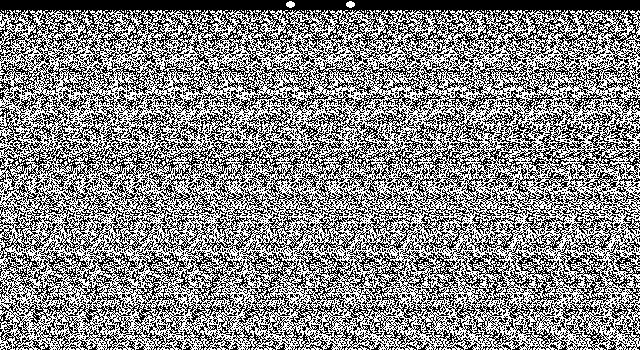

The response of a binocular energy neuron depends on the disparity in the images, forming a characteristic disparity tuning function (Fig. These components of the energy model have been used to characterise the responses of binocular simple and complex cells, respectively, although this simple hierarchy is best viewed as an idealisation of how these computations are performed 13. 1(b)), which in turn are summed to compute the binocular energy response. The responses of the first-stage filters are the square of the sum across the two eyes’ receptive fields (Fig. Figure 1(a) shows an idealised binocular energy neuron 3, 9, 10, consisting of a quadrature pair of receptive fields for each eye. Binocular neurons have a receptive field in both eyes, and their responses are thus sensitive to binocular disparities. Neurons in V1 have a localised receptive field, consisting of both excitatory and inhibitory regions, and tend also to be tuned to orientation and spatial frequency 3, 9, 10, 11, 12. These similarity calculations can be related to the responses of binocular neurons in the visual cortex 3, 4, 7, 8. However, in contrast to a standard correlation, points that have opposite contrast polarities, and provide evidence against a match, are ignored. Under the matching metric proposed, all evidence in favour of a match, when points have the same luminance polarity, contributes positively to the matching metric. These metrics are not necessarily mutually exclusive, and it has been suggested that both metrics are used independently and simultaneously 5, 6. In addition to the standard correlation-based measures described above, other matching-based metrics have been proposed that depend on detecting similarities between two image samples, based on the presence of individual matching features, rather than the overall correlation within the region 5, 6. At incorrect disparities, non-corresponding points will be compared, which are likely to have different values of luminance, leading to low correlations. At the correct disparity offset between the left and right eyes, each point is expected to have similar luminance values in each eye, leading to a high interocular correlation.

This similarity matching can for example be based on the correlation of local intensity values 1, 2, 3, 4. This correspondence problem can be solved by using a matching measure to determine the image regions in each eye which are most similar in terms of the variation in local luminance intensity. The inconsistency across conditions can be accounted for by the relative reliability of first- and second-order depth detection mechanisms, and the coarse spatial resolution of the latter.īinocular depth perception depends on our ability to determine the difference in position of corresponding points between the two eyes’ images. Depth was mostly perceived in the correct direction for ACRDS edge stimuli, with the effect increasing with the gap size. Reversed-depth from ACRDS (circular no-gap condition) was seen by a minority of participants, but this effect reduced as the gap size increased. To test this, we assessed whether (1) the gap size (0, 19.2 or 38.4 arc min) (2) the correlation of dots or (3) the border orientation (circular target, or horizontal or vertical edge) affected the perception of depth. The mixed findings may be accounted for by the presence of a gap between the target and surround, or as a result of overlap of dots around the vertical edges of the stimuli. While reversed-depth has been found using anti-correlated random-dot stereograms (ACRDS) the findings are inconsistent across studies. The binocular energy model of neural responses predicts that depth from binocular disparity might be perceived in the reversed direction when the contrast of dots presented to one eye is reversed.


 0 kommentar(er)
0 kommentar(er)
